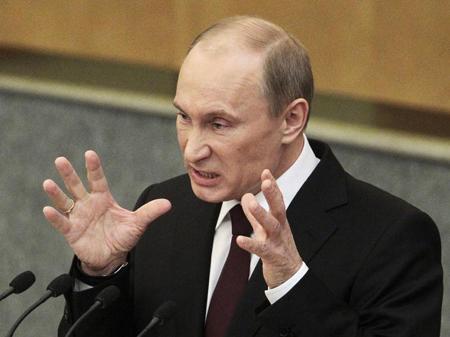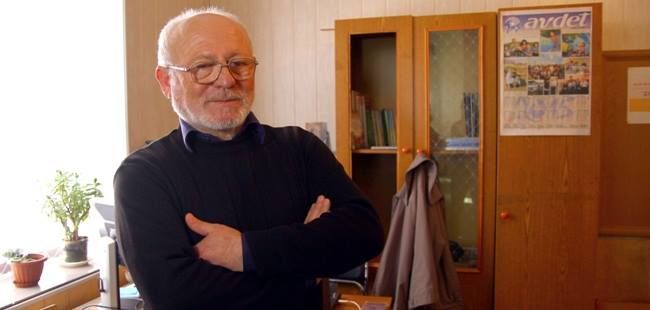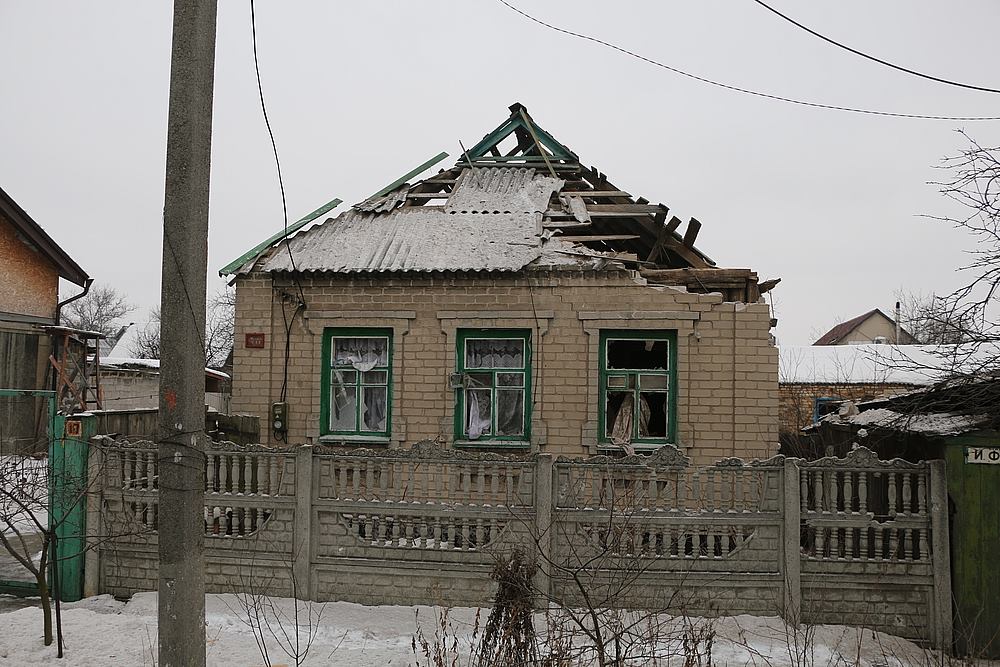No one can disagree with Yuliya Latynina that with the murder of Boris Nemtsov, Russia has entered a new era, one in which the political opponents of the regime are killed or intimidated by that possibility and one about which it is critically important that all recognize that reality.
Not surprisingly, in the wake of this horrific political execution, commentators are employing analogies as a means to try to understand what has taken place and to be in a position to predict what may happen next. At present, they have offered three pairs of analogies about the nature and implications of Nemtsov’s murder.
One of these involves analogies with the Reichstag fire by which Adolf Hitler overturned the remnants of Weimar democracy and moved to establish the Nazi dictatorship and with the murder of Sergey Kirov, an action Stalin sponsored and then exploited to launch his Great Terror in the USSR.
A second concerns those between a political leader prepared to use what Russians often refer to as “big blood” to get his way and those who argue that he like other dictators can achieve his goals by making use of more carefully targeted and media-generated to induce fear and intimidate his own population and others as well.
And a third concerns analogies between a situation in which this action is part of a carefully controlled effort by Putin to impose his new order on the people of the Russian Federation and one in which he has created a monster over which he may not have absolute control and which in fact may overpower him.
All of these pairs are suggestive, and each provides useful insights that may help to shape an adequate picture of what Putin is about. But at the same time, their very multiplicity is an indication that the current situation, while it bears similarities to these past events, is not identical to any of them and that the future may thus be quite different than any of these suggest.
That commentators should have reached for analogies with the Reichstag fire and the Kirov murder is hardly surprising. Both events are well known, and both opened the way to state terrorism and the rise of Hitler and Stalin to supreme and unchallenged power. Given Putin’s obvious agenda, each is suggestive, but the two are not the same.
The analogy with the Reichstag fire would suggest that Putin is ready to move immediately against all of his opponents and to unleash murderous violence against anyone who disagrees with him. That with the Kirov murder, in contrast, would suggest that he is still consolidating his dictatorship and will exploit Nemtsov’s death to further that process.
A similar difference is to be found in the second set of analogies, between one with a dictator ready to use “big blood” to impose his will and one who believes that he can achieve as much and with less collateral damage to his own goals by carefully targeting his opponents and then using the media to intimidate far more.
Those who argue that Putin is ready to employ widespread violence to get his way may be right. His blowing up of the apartment buildings in Moscow, his war against the Chechens, and his use of force in Ukraine shows he has little regard for human life be it that of Russians or anyone else.
But the other part of this pair, one that suggests he will continue to use the carefully targeted repression he has used up to now, is at least possible. Alexander Herzen once described Nicholas I as “Genghiz Khan plus the telegraph.” Putin who understands the power of media may be called “Stalin plus television.”
Given his skillful use of the media, the Kremlin leader may well have concluded that he doesn’t need to use mass violence. Instead, he can induce fear and intimidate people at home and abroad by carefully calibrated actions, dosed out in such a way that he gets the benefits of repression but suffers little or none of the opprobrium or blowback.
And that consideration helps to explain the appearance of another pair of analogies, that between those who view Putin’s regime as a tightly-integrated and controlled one and those, like Kseniya Sobchak, who argue that he has created a monster which he has at least partially lost control over.
The difference between those perspectives on Putin has its antecedents in two novels on Stalin’s terror, Arthur Koestler’s “Darkness at Noon” which presented the Stalin system as a totally controlled and Victor Serge’s “The Case of Comrade Tulayev” which suggested that the dictator started something that took on a life of its own.
It is too soon to say which of these various analogies is correct. All are suggestive, but in employing them, it is critically important to keep in mind that arguments by analogy inevitably have limits because there is always more than one analogy available and because every new situation is different – at the very least because the actors in it are aware of the past.







